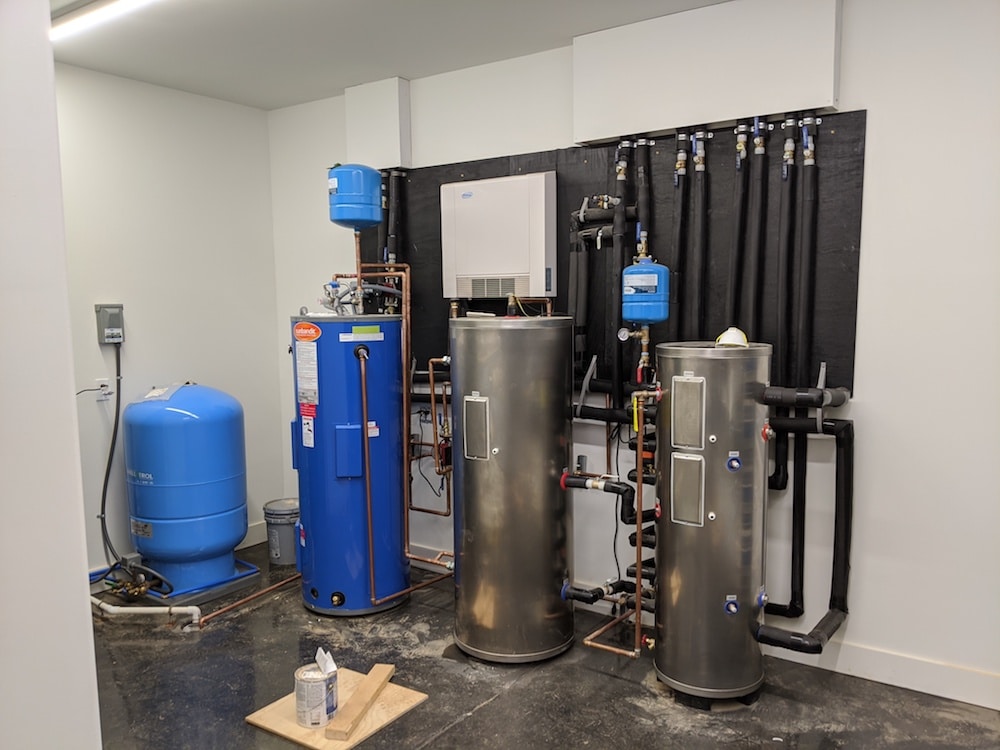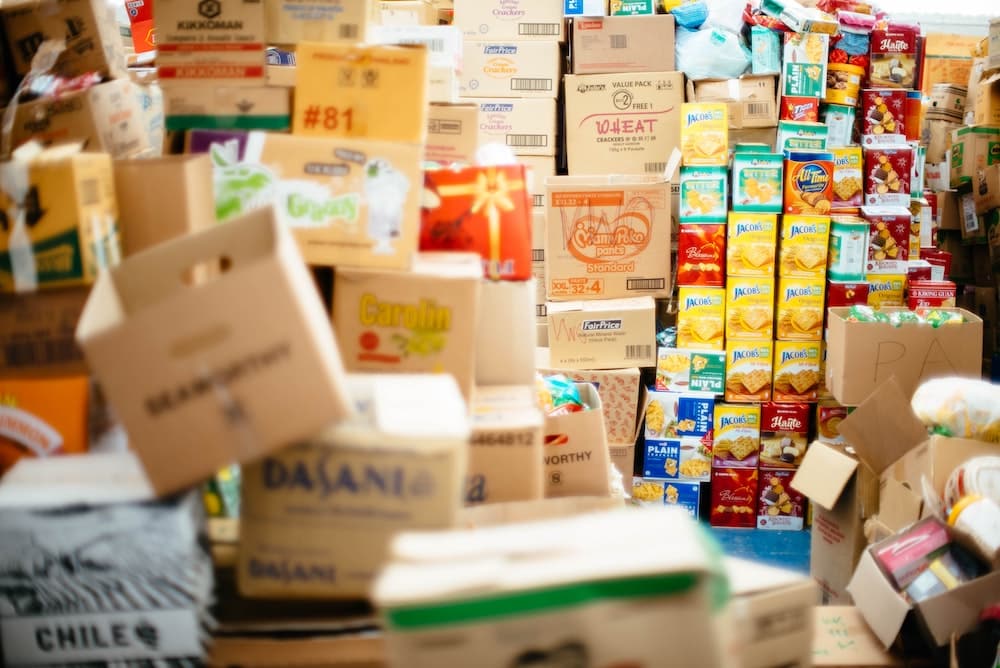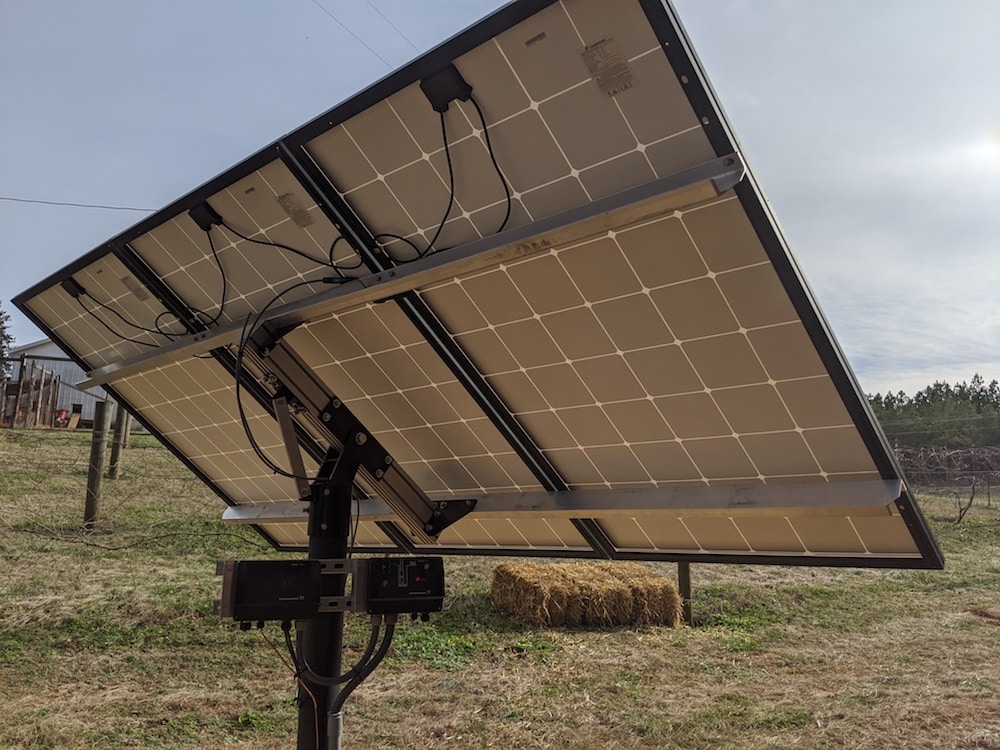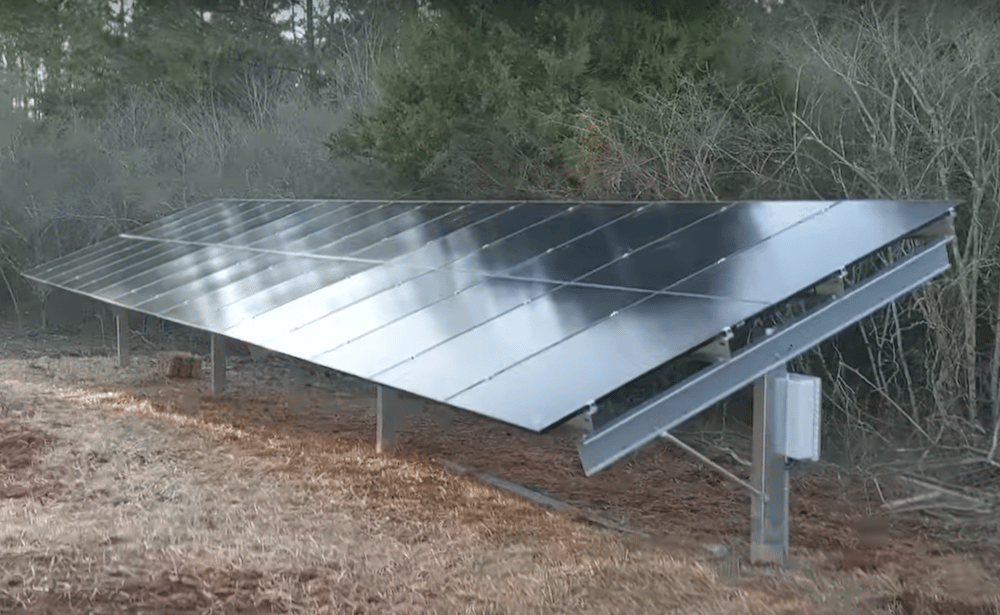Table of Contents
When a disaster strikes, whether it’s natural or human-made, the power grid is often the first thing that takes a hit. In a hurricane-prone state, you might lose electricity hours before the storm makes landfall as high winds knock branches into the lines and short circuit the grid.
In most circumstances, you can count on utility companies to restore your home’s electricity within a few days or weeks at most. Yet what if something knocks out your grid for months or more? Are you ready to survive a long-term power outage? What should you do to survive safely and comfortably while you wait for the powers that be to restore normality?
Water
If your local power grid fails, one of two things will happen. Your home’s water supply may collapse because you’re relying on an electric-powered pump to bring fluid into your property from a well. Alternatively, you might still have liquid flowing from the tap, but the purification station that keeps your water clean may also be without power and unable to make it safe to drink.
Either way, you’re going to be out of luck when it comes to drinking water, at least as it comes from your tap. You’ll need to make sure you have water stored or the tools necessary to purify water you collect while the power is out.
You’ll need at least one gallon of water per person per day if you can’t use your faucets. Half of that will be for drinking, while the other half will be for washing and other hygiene applications. If it’s hot outside, you’ll need more. People with certain needs — such as children pregnant women — may also have different daily recommendations. Plus, you don’t want to forget about your household pet. Your pooch or kitten will get thirsty as the days drag on, too.
If you’re in an area that has natural running water — such as streams, creeks and rivers — or gets a lot of rain, you can use these sources to supplement your stored water, as long as you have a way to purify it. Otherwise, you can get sick from any bacteria or viruses that might live there.

Boiling water can kill off anything that might be harmful. If you have an electric stove and don’t have the means to boil — or it’s far too hot outside to consider using heat for anything — chlorine bleach or iodine tablets can make water safe to drink.
Food
Next comes food. Be sure you have a sufficient supply of goods to keep you and your family healthy while you wait for someone to turn the power back on and for life to get back to normal.
If the power is out, storing meat and other perishable items is only going to work if there’s a snowbank outside to keep it cold. If you’re dealing with a long-term outage, chances are high that the power is out at your grocery store, too, so going shopping won’t be an option, either. Still, you’re not without alternatives.

Ideally, you’ll want to have a few weeks worth of non-perishable foods stored in your home. However, if the power is going to be out longer than that — or permanently, in an SHTF scenario — you’ll need to look for other sources of sustenance. You can scavenge from empty stores, but once that resource runs dry, you’ll need to switch to subsistence hunting, foraging, and farming. Your emergency supplies should include things for each of these possible scenarios.
Power Sources for a Long-Term Power Outage
You’ll want to look into alternate power sources before an outage occurs. While you might be content to rough it for a few days, our world runs on electricity. Many of the tools we’ll need to survive and stay informed during an extended outage will need some form of power to keep them running.
Solar panels could be an option if your home gets enough usable sunlight during the year, but they’re powerless — literally — during a storm. They can also be fragile and prone to damage, so you’ll probably want to protect them if you’re looking at a natural disaster, such as a hurricane or tornado.
Generators can also keep you powered, but they require gasoline or diesel fuel to keep working, which can be expensive. It’s also difficult to store these fuels for extended periods because, without stabilizers, they gum up and become useless. For radios and other small electronics, look into models that can be powered with a crank so that you don’t need to worry about batteries, generators or solar panels to stay connected.

Heating and Cooling
Your heating and cooling needs will significantly depend on your location. If you lose power in New York in the winter, keeping yourself and your family warm will be your priority. If you lose power in Florida during the summer, staying cool becomes the order of the day.
Thankfully, for the former, your home is probably equipped with the tools you need to keep yourself warm, whether that means a fireplace, a woodburning stove or both. Fireplaces are more common, with six out of ten new houses including them in the design. Woodburning stoves, on the other hand, are often installed as a primary heat source. Therefore, if you have central heating and air, you probably won’t have a functional stove.
Staying cool is more challenging if you don’t have air conditioning. Keep your windows open to encourage as much airflow as possible, and try to do little during the height of the day. Take a page from Latin American countries that have a siesta in the afternoon.
Relax in the shade, drink a lot of water and try not to do anything while the sun is at its peak. Staying hydrated is the most crucial thing you can do when it comes to staying cool and comfortable during power outages in hot climates.
Hygiene and Sanitation
Hygiene and sanitation are going to be challenging without power. Thankfully, you won’t need to dig a latrine in the backyard. Modern toilets work without electricity unless you spend a lot of money for one of those fancy smart options. If you’ve got water available — even liquid that isn’t safe to drink — you can use it to fill the tank of your toilet and flush. You’ll just have to refill it manually every time you go.
If you’re going to be without power for long periods, fill up your bathtub. Even if it isn’t lined or safe to drink, you can use the fluid to flush your toilet, and the average tub can hold upwards of 100 gallons.
Hygiene will also be a concern, if for no other reason than you’ll be in a small space and no one should have to deal with everyone else’s body odor and bad breath. According to the CDC, personal hygiene after a disaster can help prevent the spread of diseases which could make recovery more difficult. Wash your hands, brush your teeth and do your best to stay clean, even if you can’t take a shower until professionals get the power back on.
Medication and First Aid
Whether you need prescription medication or are concerned about having some headache meds handy if you start to get a migraine, you need to make sure you’re fully stocked before the power goes out. If you’ve got prescriptions to worry about, make sure you get at least a 30-day supply extra before disaster strikes.
In some states, when the government declares a state of emergency, you can get an additional 30 days of your medication even if you’re not due for a refill yet.
Keep a fully stocked first aid kit in with your disaster supplies as well, and know how to use it. You won’t be able to take a trip to the doctor during an extended outage, especially if your physician’s office is within the outage area. Hospitals may have generators for emergencies, but they will likely be overloaded, understaffed and undersupplied, so they should only be considered in a life-or-death situation.
Always Be Prepared for a Power Outage
We take the electricity that powers our lives for granted, but are you ready for what might happen if it goes out for weeks or months at a time? In some cases, it’s no different than preparing for any other natural or man-made disaster.
The key is to be ready for anything, whether that means a month-long event, high winds, nuclear winter or the zombie apocalypse. If prepared for anything that comes your way, you’ll never be surprised by what the universe decides to throw at you. Plus, you’ll be more likely to survive than the rest of the world.
An extended power outage might not be inherently dangerous, but you’ll be a lot more comfortable if you’ve prepared for anything. Follow the guide above to ensure you’ve thought of everything. From food and water to medicine and first aid, you can get your disaster kit ready and ensure the electricity-free days ahead are ones without hassle.











